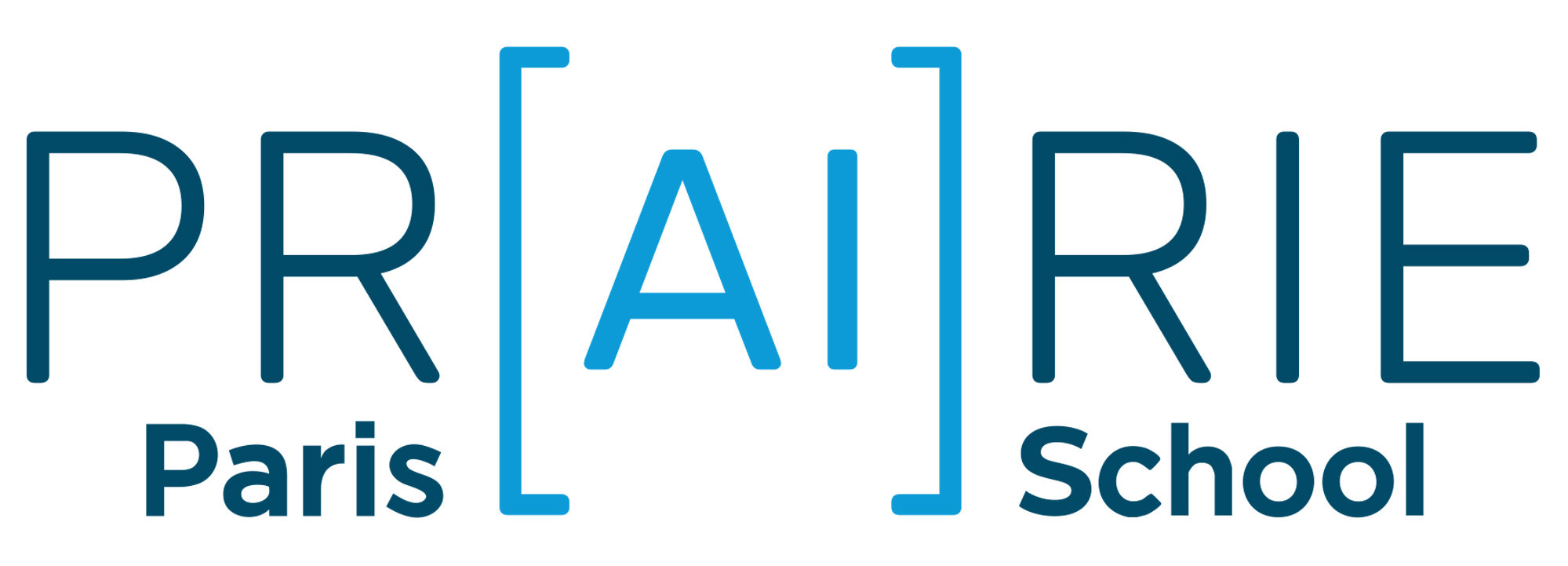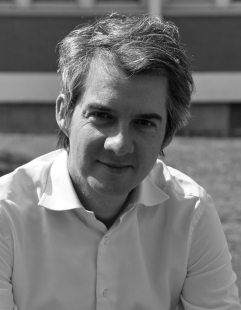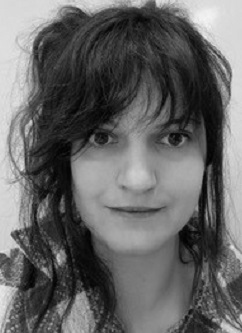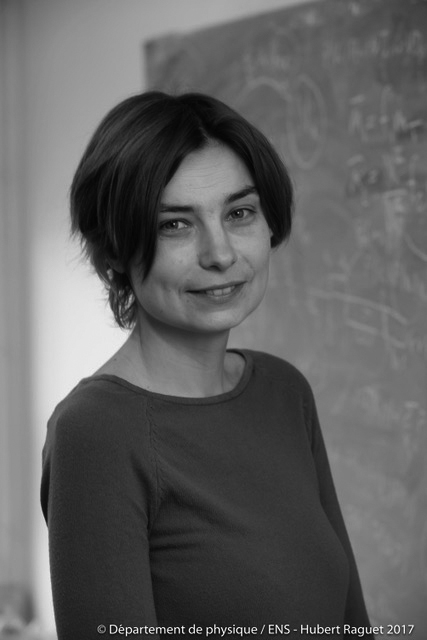Statistical physics
There are two major challenges to develop the theory of modern machine learning algorithms. The first is related to the high-dimensionality of the data, the huge number of data and the very large number of parameters to estimate. In order to study physical systems formed by a very large number of degrees of freedom (particles, spins,..) statistical physicists have developed a large body of tools, methods, an ideas to study and characterize high-dimensional probability distributions and stochastic processes. One of the major research lines in the PRAIRIE groups working at the interface of statistical physics and machine learning consists in leveraging those statistical physics methods to analyze the performance and the training dynamics of machine learning algorithms in the high-dimensional limit.
The second challenge is to characterize the structure of the data, and the interplay with the architecture of neural networks, which allows to circumvent the curse of dimensionality and obtain a good performance. PRAIRIE groups combine methods and ideas developed in computer science (wavelet theory) and in physics (renormalization group) to tackle this major problem. A third line of research consists in applying modern machine learning methods to statistical physics problems, in particular to accelerate dynamical simulations and to characterize complex physical systems such as glasses and amorphous solids.








